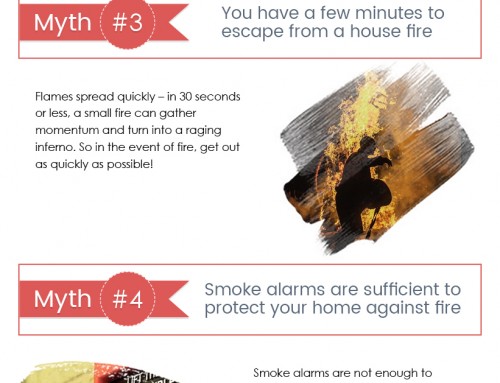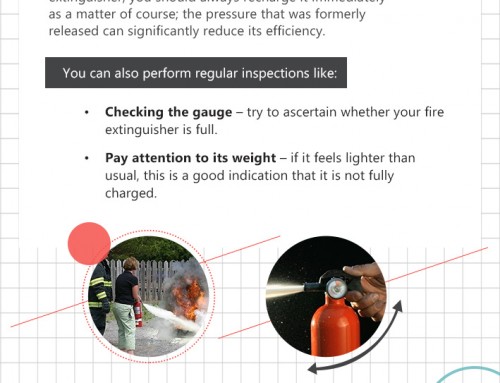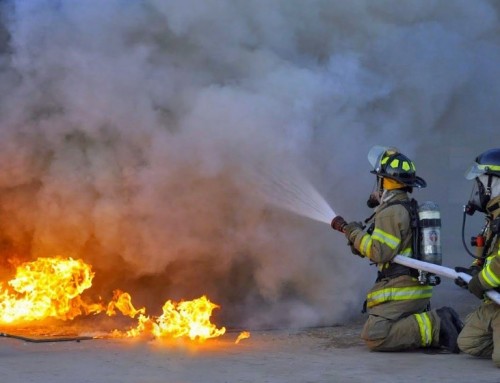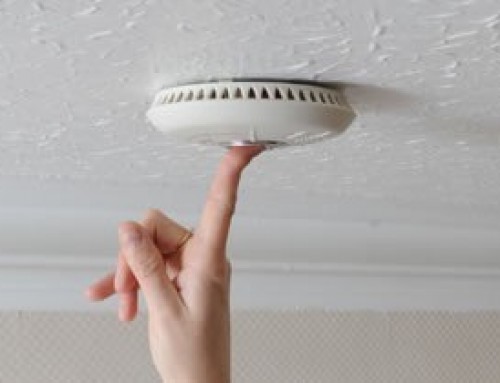Image Source: pinterest.com
Homeowners should have at least one fire extinguisher on standby just in case a fire breaks out. With so many options available on the market, it can be difficult to choose the proper solution for your home. Using the wrong fire extinguisher can be a serious hazard; not only can it aggravate the fire it may also lead to serious injury (in some cases).
Classes of Fires
You must first assess the class of fire you are dealing with.
Fires are usually divided into these classifications:
Class A
Fires fuelled by ordinary combustible materials such as paper, wood, cloth and plastic are included in Class A.
Class B
These fires are caused by flammable or combustible liquids including grease, gasoline, kerosene, petrol and oil.
Class C
Fires fuelled by flammable gases including hydrogen, propane and butane fall under this category.
Class D
Fires involving metals such as magnesium, titanium, potassium and sodium commonly occur in chemical laboratories.
Class F
Fires caused by cooking oils and fats pose a major threat in kitchens, restaurants and cafeterias.
Electrical fires, formerly known as Class E, are no longer considered to be in a class of their own. Fires caused by electrical hazards can fall under any of the five categories.
Types of Fire Extinguisher
Fire extinguishers in the UK are labelled so that users can quickly identify whether they are a suitable solution:
Water
Colour Code: Red
Water fire extinguishers can only be used for Class A fires. You should never use them on electrical fires as water may cause electrical shocks – don’t attempt to put out metal fires with water either.
Foam
Colour Code: Cream
Foam fire extinguishers can stop and prevent combustion by cooling down and suffocating the fire; they work by starving the fire of oxygen. You can use a foam extinguisher on Class A and Class B fires.
Dry Powder
Colour Code: Blue
Dry powder extinguishers stop the chemical reaction inside a fire. They are generally composed of monoammonium phosphate, which melts when exposed to combustion temperatures. They can be used on fire classes A, B and C.
Wet Chemical
Colour Code: Black
Wet chemical extinguishers release a soap-like substance that coats flames and prevents re-ignition. These are suitable for Class F fires.
Carbon Dioxide
Colour Code: Yellow
Carbon Dioxide fire extinguishers work by reducing the oxygen levels; they also turn into dry ice once discharged, earning the name carbonic snow. They can be used on Class B and electrical fires.
Providing a wide range of fire fighting equipment, Fire Services Central Ltd. also specialises in fire extinguisher servicing in Northampton and other parts of the UK. Contact us on 0121 525 1976 or email info@fire.uk.net.








Leave A Comment